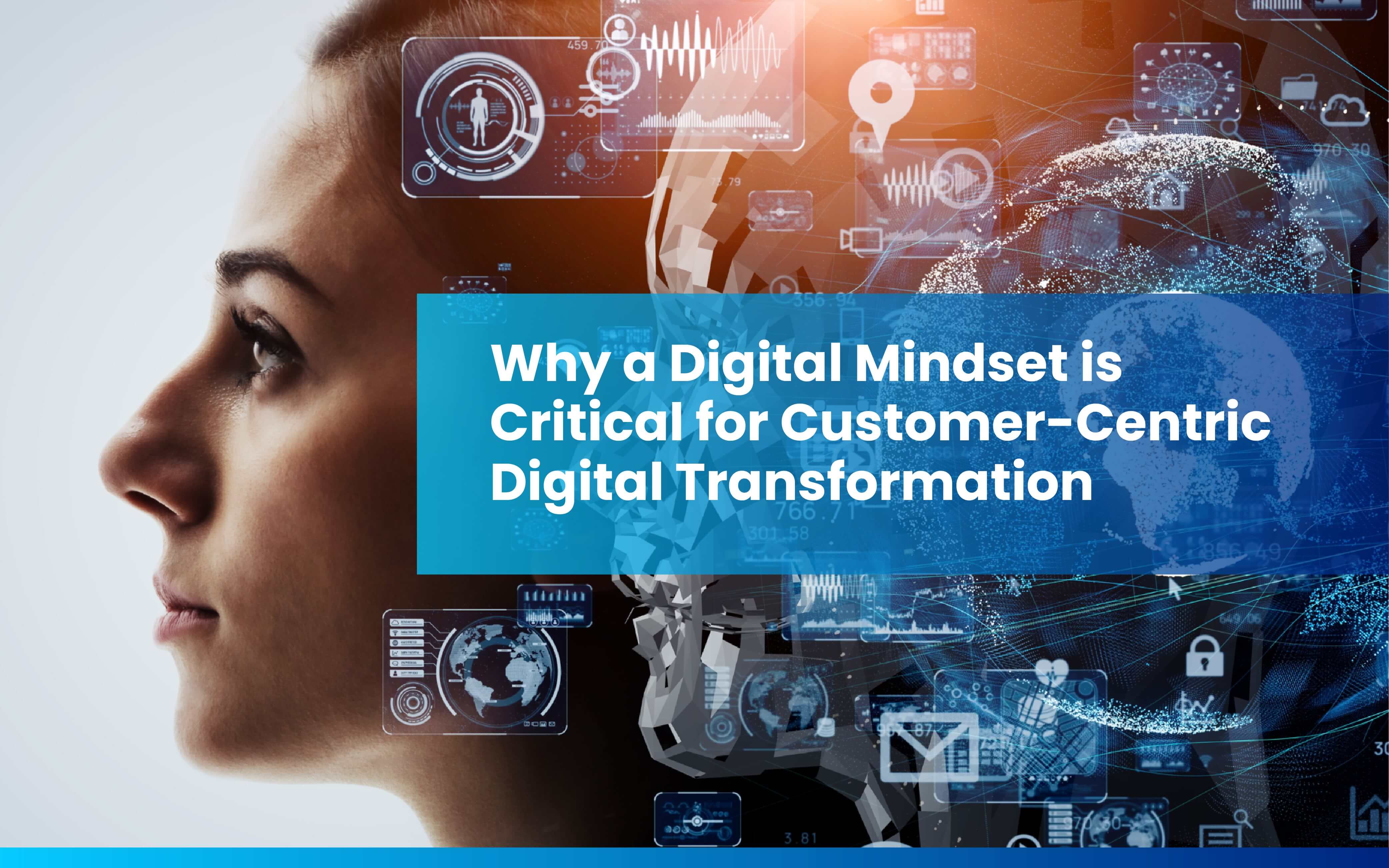Blogs
To know about all things Digitisation and Innovation read our blogs here.
Digital Transformation
What is A Digital Enterprise? An Introduction to the Concept and its Benefits
SID Global Solutions
27 April 2023

Introduction
In the modern business landscape, digital transformation has become a crucial aspect of success. Digital enterprise is a concept that has gained significant traction in recent years due to its potential to enhance business performance, competitiveness, and efficiency. In this guide, we will explore the concept of digital enterprise, its benefits, and how businesses can leverage it to improve their operations.
What is Digital Enterprise?
Digital enterprise refers to the use of digital technologies and digital transformation initiatives to drive business performance and competitiveness. In other words, digital enterprise involves the integration of technology, people, and processes to create an agile, innovative, and customer-centric organization. It involves the adoption of new technologies such as cloud computing, artificial intelligence, the Internet of Things (IoT), and big data analytics to transform traditional business processes.
Digital enterprise is more than just a technological solution; it requires a strategic approach to digital transformation. It involves the alignment of business goals, processes, and technology to create a culture of innovation and agility. The objective of digital enterprise is to create a seamless and personalized customer experience while improving operational efficiency, reducing costs, and accelerating time-to-market.
Also Read: Digital Skills for Improved Collaboration & Communication in Digital Transformation
Benefits of Digital Enterprise
Improved Customer Experience: Digital enterprise allows businesses to offer a personalized and seamless customer experience. The use of digital technologies such as artificial intelligence and big data analytics enables businesses to collect and analyze customer data to gain insights into their preferences, behaviors, and needs. This information can be used to tailor products, services, and marketing strategies to meet customer needs and preferences.
Increased Agility and Innovation: Digital enterprise requires businesses to adopt an agile and innovative mindset. By leveraging digital technologies, businesses can quickly adapt to changing market conditions, customer needs, and emerging trends. They can experiment with new business models, products, and services, and quickly scale those that are successful.
Enhanced Operational Efficiency: Digital enterprise can help businesses streamline their operations and reduce costs. By automating processes, businesses can improve productivity, reduce errors, and eliminate waste. They can also reduce the need for manual intervention and paperwork, enabling employees to focus on more strategic tasks.
Competitive Advantage: Digital enterprise can provide a competitive advantage by enabling businesses to differentiate themselves from their competitors. By leveraging digital technologies, businesses can create new products, services, and business models that offer unique value propositions to customers.
Increased Revenue and Profitability: Digital enterprise can help businesses increase their revenue and profitability by improving customer engagement and satisfaction, reducing costs, and accelerating time-to-market. By leveraging digital technologies, businesses can tap into new markets, expand their customer base, and generate new revenue streams.
Also Read: Digital Transformation: How a Modern Tech Stack Can Drive Success?
How to Implement Digital Enterprise?
Implementing digital enterprise requires a strategic and holistic approach. The following are the key steps involved in implementing digital enterprise:
Assess Business Goals and Objectives: The first step in implementing digital enterprise is to assess the business goals and objectives. Businesses need to identify the areas of their operations that require digital transformation and align them with their strategic goals. This involves identifying the key performance indicators (KPIs) that will measure the success of the digital transformation initiative.
Develop a Digital Strategy: Once the business goals and objectives have been assessed, the next step is to develop a digital strategy. This involves identifying the digital technologies and initiatives that will enable the business to achieve its goals. The digital strategy should include a roadmap for implementation, timelines, and budgets.
Align Processes and Technology: The next step in implementing digital enterprise is to align processes and technology. This involves identifying the processes that need to be digitized and selecting the technology solutions that will enable digital transformation. It is crucial to ensure that the selected technology solutions integrate with existing systems and processes to avoid disruption to operations.
Build a Culture of Innovation and Agility: Digital enterprise requires a culture of innovation and agility. Businesses need to create an environment that encourages experimentation, risk-taking, and continuous learning. This involves providing employees with the necessary training and tools to adapt to the new digital environment. It is also essential to create cross-functional teams that can collaborate on digital transformation initiatives.
Monitor and Measure Progress: Monitoring and measuring progress is critical to the success of digital enterprise. Businesses need to regularly track KPIs to ensure that the digital transformation initiative is delivering the expected benefits. This involves identifying the key metrics that will be used to measure progress and establishing a reporting framework to provide regular updates on progress.
Also Read: Digital Transformation Challenges That Organizations Must Overcome
Examples of Digital Enterprise
Several businesses have successfully implemented digital enterprise initiatives to enhance their operations. The following are some examples of digital enterprise in action:
Amazon: Amazon is a prime example of a digital enterprise. The company has leveraged digital technologies such as big data analytics, artificial intelligence, and the cloud to create a customer-centric and agile organization. Amazon has developed personalized product recommendations, fast and reliable delivery services, and an intuitive shopping experience to create a loyal customer base.
Coca-Cola: Coca-Cola has implemented digital enterprise initiatives to enhance its marketing and supply chain operations. The company has developed a digital marketing strategy that uses social media, email marketing, and mobile apps to engage with customers. Coca-Cola has also implemented a digital supply chain that leverages IoT sensors and big data analytics to optimize logistics operations.
Siemens: Siemens has implemented digital enterprise initiatives to transform its manufacturing operations. The company has developed a digital twin concept that uses simulation models and real-time data to optimize production processes. Siemens has also implemented predictive maintenance solutions that use IoT sensors and machine learning algorithms to predict equipment failures and reduce downtime.
Conclusion
Digital enterprise is a crucial aspect of modern business operations. It involves the integration of digital technologies, people, and processes to create an agile, innovative, and customer-centric organization. The benefits of digital enterprise include improved customer experience, increased agility and innovation, enhanced operational efficiency, competitive advantage, and increased revenue and profitability. Implementing digital enterprise requires a strategic and holistic approach that involves assessing business goals, developing a digital strategy, aligning processes and technology, building a culture of innovation and agility, and monitoring and measuring progress.









